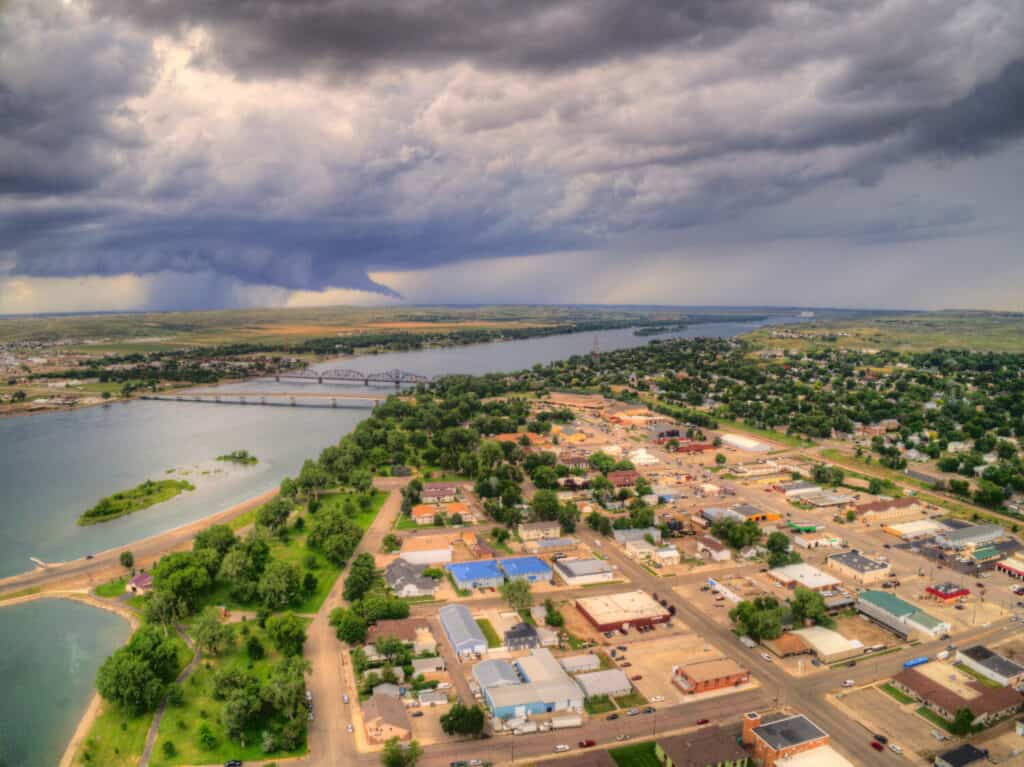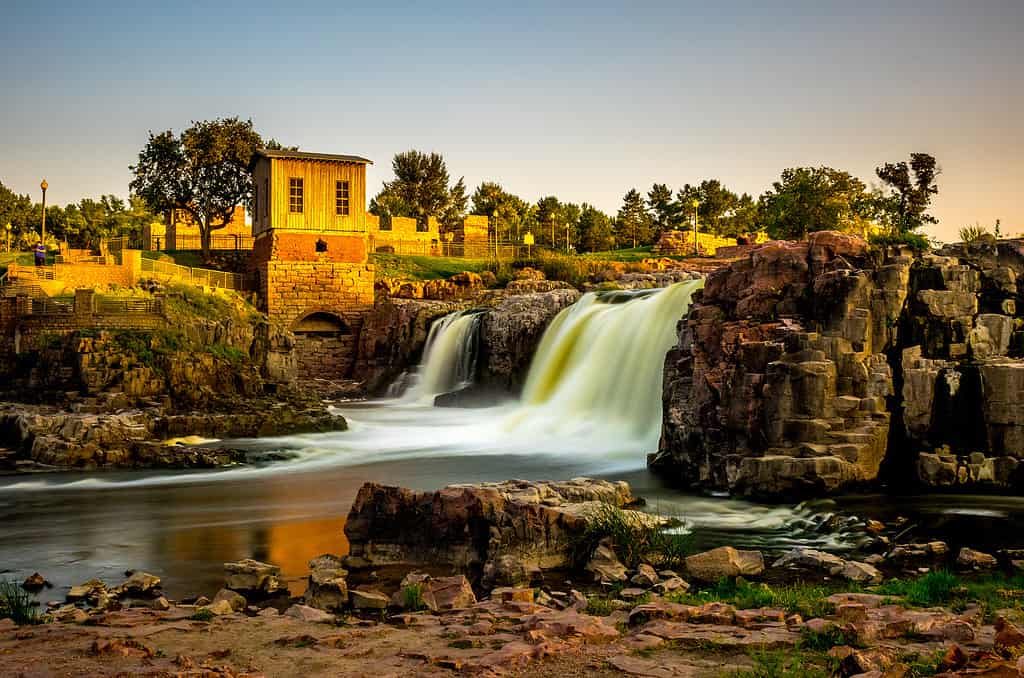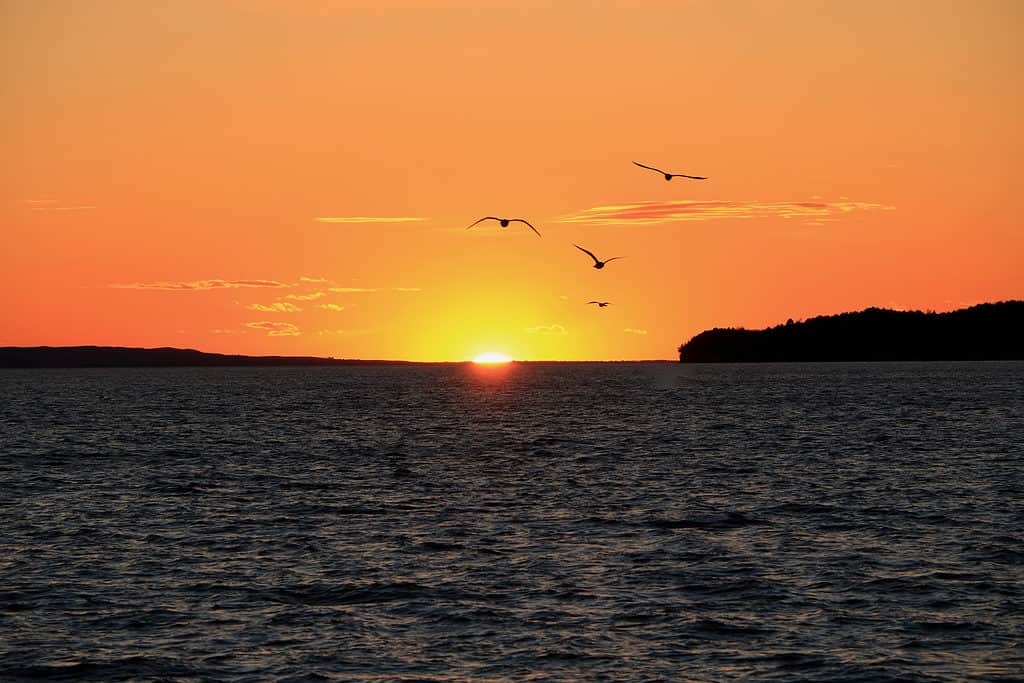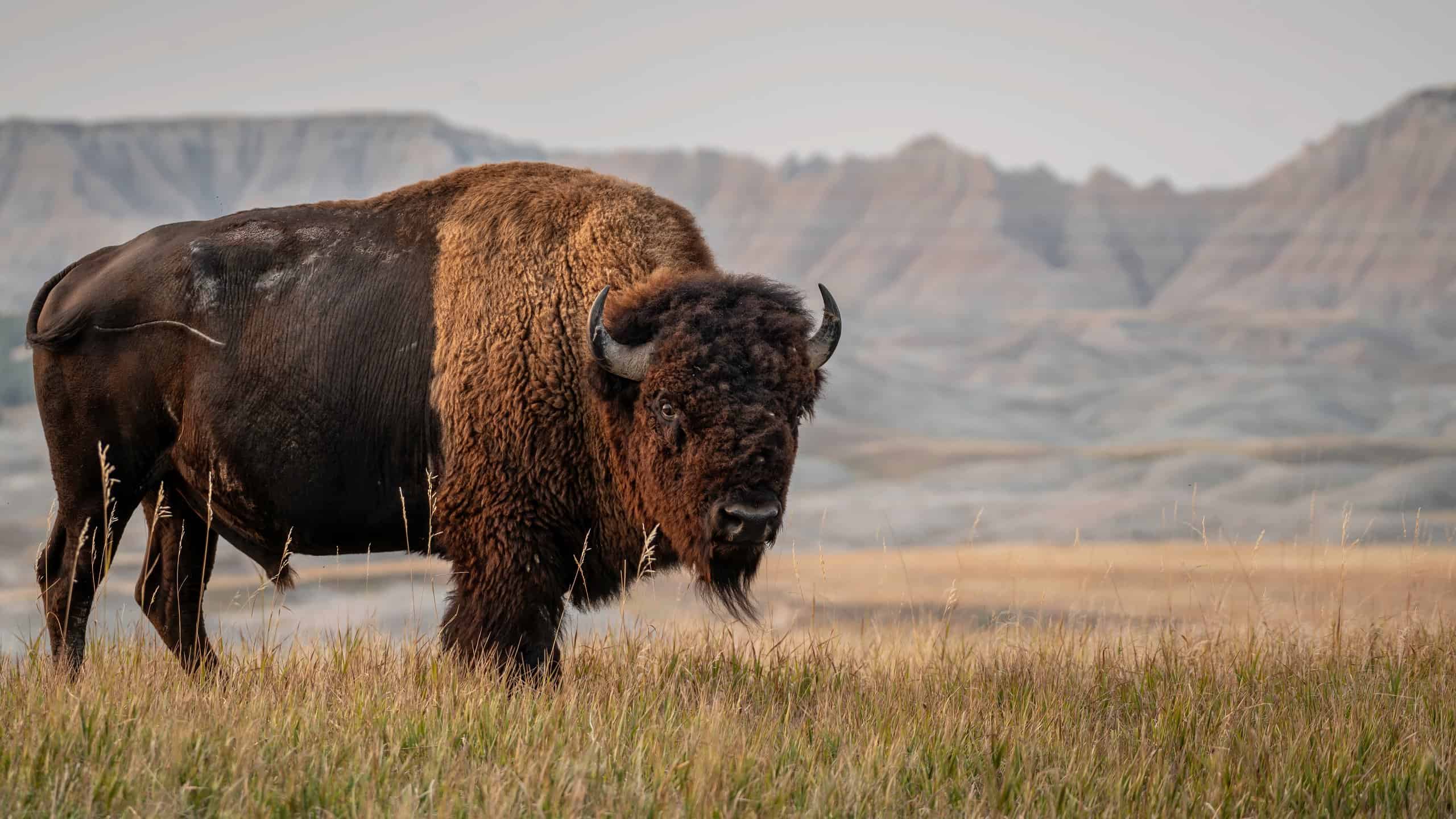If you’ve ever driven I-90 across the southern part of South Dakota, you might be forgiven for thinking that no one at all lives in the state. You’ll see mile after mile of grassy prairie, with no one in sight for miles. Within the vast empty space, you may visualize the herds of bison and Native American tribes that roamed this landscape for hundreds of years. But if you get off the highway, you’ll find cities with fascinating histories and interesting attractions for the whole family. Let’s explore five of the oldest cities in South Dakota and see what they have to offer.

1. Fort Pierre (1817, population: 2,115)
History of Fort Pierre
Fort Pierre is located in the central part of South Dakota just across the Missouri River from Pierre, the state capital (which was founded later, in 1880). It is part of the Pierre metropolitan region. The area was part of the Louisiana Purchase. On their journey of exploration, Lewis and Clark camped there and had a tense encounter with the local Sioux Indians. A fur trading post was established at Fort Pierre in 1817, marking the first European-American settlement in the area. Fort Pierre was an important part of a regional fur trading network, particularly of buffalo hides. When the railroad reached the area, it was routed through Pierre, across the river, causing it to outstrip Fort Pierre in growth. In 1889, Pierre became the state capital.
Attractions of Fort Pierre
Because Fort Pierre is adjacent to Pierre, attractions on both sides of the river make this an attractive tourist destination. Here are some of the things you can experience:
- Verendrye Museum – Here, you’ll see exhibits documenting the early history of Fort Pierre including a plaque left by early explorers claiming the Missouri River for France.
- Casey Tibbs South Dakota Rodeo Center – An attraction commemorating an actor and champion rodeo cowboy born in Fort Pierre.
- Archeological sites – There are hundreds of archeological sites in the area, some maintained by the U.S. Corps of Engineers, others on private property.
- La Framboise Island Nature Area – Located on an island in the Missouri River, this island is a safe refuge for local wildlife. You can go fishing from the dock, walk nature trails, go birdwatching, and explore a colonial frontier fort.

Pierre, the capital of South Dakota, is located in the foreground. Across the river lies Fort Pierre.
©Jacob Boomsma/Shutterstock.com
2. Sioux Falls (1856, population: 192,517)
History of Sioux Falls
Sioux Falls is located in the southeastern part of the state near where the borders of South Dakota, Minnesota, and Iowa meet. Burial mounds on some of the high bluffs near the city are reminders of the Dakota, Cheyenne, and other Native American peoples who lived in the area. The namesake of the city is the Big Sioux River waterfall, or actually several waterfalls and rapids in the Big Sioux River.
The city’s early growth was stymied in the late 1800s due to a locust plague and a national depression. But with the opening of a meat-packing plant in the early part of the 20th century, growth resumed. The building of an airbase in the 1940s, the interstate highway system in the 1960s, and the relocation of Citibank’s credit card center there in 1981 have been modern drivers of the city’s economy.
Attractions of Sioux Falls
Planning to visit Sioux Falls? Consider adding these to your itinerary:
- Falls Park offers hiking and biking trails and many different observation points of the scenic views of the falls and the city skyline, including a 5-story tall observation tower.
- Sioux Falls Bike Trails – Here you jog, rent a bike, or bring your own and enjoy 30 miles of trails looping around the city. The trails will take you not only through nature but around shopping and entertainment areas of the city.
- Sculpture Walk – Sioux Falls has a great many metal, glass, wood, and stone sculptures of butterflies, birds, and geometric shapes. Explore the city and see how many you find.
- Butterfly House and Aquarium – Here you’ll see native species of South Dakota and around the world and tidal pools where you can touch starfish, anemones, sea urchins, and other species.
- Arrowhead Park – This is an outstanding place for stargazing as it’s located away from the city lights.

Sioux Falls is the name of a system of waterfalls and rapids on the Big Sioux River.
©photo.eccles/Shutterstock.com
3. Flandreau (1857, population 2,372)
History of Flandreau
Flandreau is located 45 miles north of Sioux Falls close to the Minnesota border. It was a Native American hunting and fishing ground before the first French trading post was built and began to draw European trappers and explorers. As the town was founded in 1857 and developed, a government Indian school was built there. The Flandreau Santee Sioux Indian Reservation is located near the city.
Attractions of Flandreau
Visitors can enjoy these attractions in and around Flandreau:
- You can visit burial mounds near the city. Many arrowheads and tools discovered in the area are evidence of the thousands of years of Native American settlement.
- Flandreau Santee Sioux Tribe Annual Wacipi has been held every July for over 60 years. It is a celebration with traditional dancers and singers displaying their talent. You’ll also find plenty of traditional Indian artwork, beadwork, and featherwork.
- 19th-century structures that are of interest are the Philander Prescott Trading Post (a log cabin), the Pettigrew Barn (a round barn), and Morse House (the first house built in Flandreau).

This is the ethnic flag of the Sioux people. In South Dakota, the Sioux host an annual celebration.
©iStock.com/daboost
4. Yankton (1859, population 15,411)
History of Yankton
Yankton is in the southernmost part of South Dakota just across the Missouri River from Nebraska. It has been called the “Mother City of the Dakotas” because it was the capital of the Dakota Territory and played a significant role in the region’s development. Yankton was a steamboat stop for shipping on the Missouri River and later was connected to the railroad. It grew significantly with the Black Hills gold rush. In a local cemetery, you can find the grave of John McCall, the murderer of the famous cowboy Wild Bill Hickok. One of the local industries was limestone mining for use in cement, some of which helped build the Panama Canal.
Here are some interesting sites in Yankton:
- Dakota Territorial Capitol Replica – Located in Riverside Park, this is a replica of a plain two-story wooden building that was the territorial capitol building.
- Gavin’s Point National Fish Hatchery and Aquarium – This facility adjacent to the Missouri River produces fish for sport fishing. It is one of 70 hatcheries in the country that the U.S. Fish and Wildlife Service manages.
- Lewis and Clark Lake and Recreational Area – This 25-mile-long lake has 90 miles of shoreline and 27 recreation areas. You can camp, picnic, hike, bike, birdwatch, and take nature photos.

The Lewis and Clark expedition camped near Yankton on their exploration of the West.
©Daniel Stephen Hakes/Shutterstock.com
5. Rapid City (1874, population: 74,703)
History of Rapid City
Rapid City is on the eastern side of the Black Hills about 40 miles from the South Dakota/Wyoming border. The city was founded during the gold rush and nicknamed “Gateway to the Black Hills.” It got its name from Rapid Creek, which flows through it. The city thrived as a supply center for miners and pioneers.
Today, tourism and recreation are two mainstays of its economy. The Lakota Sioux have demanded the return of the Black Hills, including Rapid City. In 1980 the U.S. Supreme Court ordered the Federal government to offer them a financial settlement. The Sioux rejected the offer and are still demanding the return of the land.
Attractions of Rapid City
There is much to see in and around Rapid City:
- Black Hills National Forest has picnic areas, scenic byways, streams, and hiking trails.
- Mount Rushmore National Memorial is a must-see national icon with mountain-sized granite busts of Presidents Washington, Jefferson, Theodore Roosevelt, and Lincoln. Nearby is the unfinished Crazy Horse Memorial, honoring Native American peoples.
- “City of the Presidents” is a series of bronze statues of Presidents of the United States along the city’s streets. You can see it as part of the Rapid City Historic District Tour.
- Bear Country USA is an experience that will thrill the entire family! Drive your vehicle through a park where black bears, elk, wolves, buffalo, reindeer, and other North American animals roam freely around your vehicle. Unforgettable!
- Badlands National Park is an area of unique rock formations reminiscent of a miniature Grand Canyon. It looks different throughout the day as the light strikes the various rock strata at different angles. Sunrises, sunsets, and nighttime stars are spectacular there.

No trip to South Dakota would be complete without a visit to Mount Rushmore near Rapid City.
©iStock.com/Patrick Jennings
Is South Dakota on Your Bucket List?
If South Dakota isn’t already on your bucket list, maybe it should be! Few other places in the country offer a mix of unspoiled wilderness, opportunities to interact with wildlife up close, and an education on living Native American culture. You’ll remember the time you spend there for a lifetime.
Summary of 5 of the Oldest Cities in South Dakota
| City | Age | Population | |
|---|---|---|---|
| 1 | Fort Pierre | 1817 | 2,115 |
| 2 | Sioux Falls | 1856 | 192,517 |
| 3 | Flandreau | 1857 | 2,372 |
| 4 | Yankton | 1859 | 15,411 |
| 5 | Rapid City | 1874 | 74,703 |
Thank you for reading! Have some feedback for us? Contact the AZ Animals editorial team.








